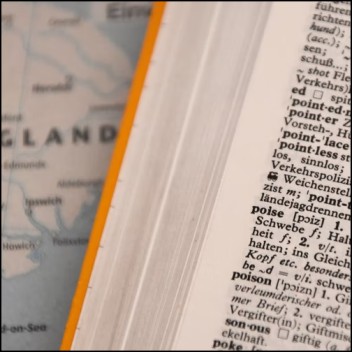Free IELTS Online Practice Test
- Task type and format: Test takers are required to fill in the gaps in an outline of part or of all of the listening text. The outline will focus on the main ideas/facts in the text. It may be:
1. a form: often used to record factual details such as names
2. a set of notes: used to summarise any type of information using the layout to show how different items relate to one another
3. a table: used as a way of summarising information which relates to clear categories – e.g. place/time/price,
4. a flow-chart: used to summarise a process which has clear stages, with the direction of the process shown by arrows.
- Test takers may have to select their answers from a list on the question paper or identify the missing words from the recording, keeping to the word limit stated in the instructions. Test takers do not have to change the words from the recording in any way.
Test takers should read the instructions very carefully as the number of words or numbers they should use to fill the gaps will vary. A word limit is given, for example, ‘NO MORE THAN TWO WORDS AND/OR A NUMBER’. Test takers are penalised for writing more than the stated number of words, and test takers should check this word limit carefully for each task. Contracted words will not be tested. Hyphenated words count as single words.
- Task focus: This focuses on the main points which a listener would naturally record in this type of situation.




































